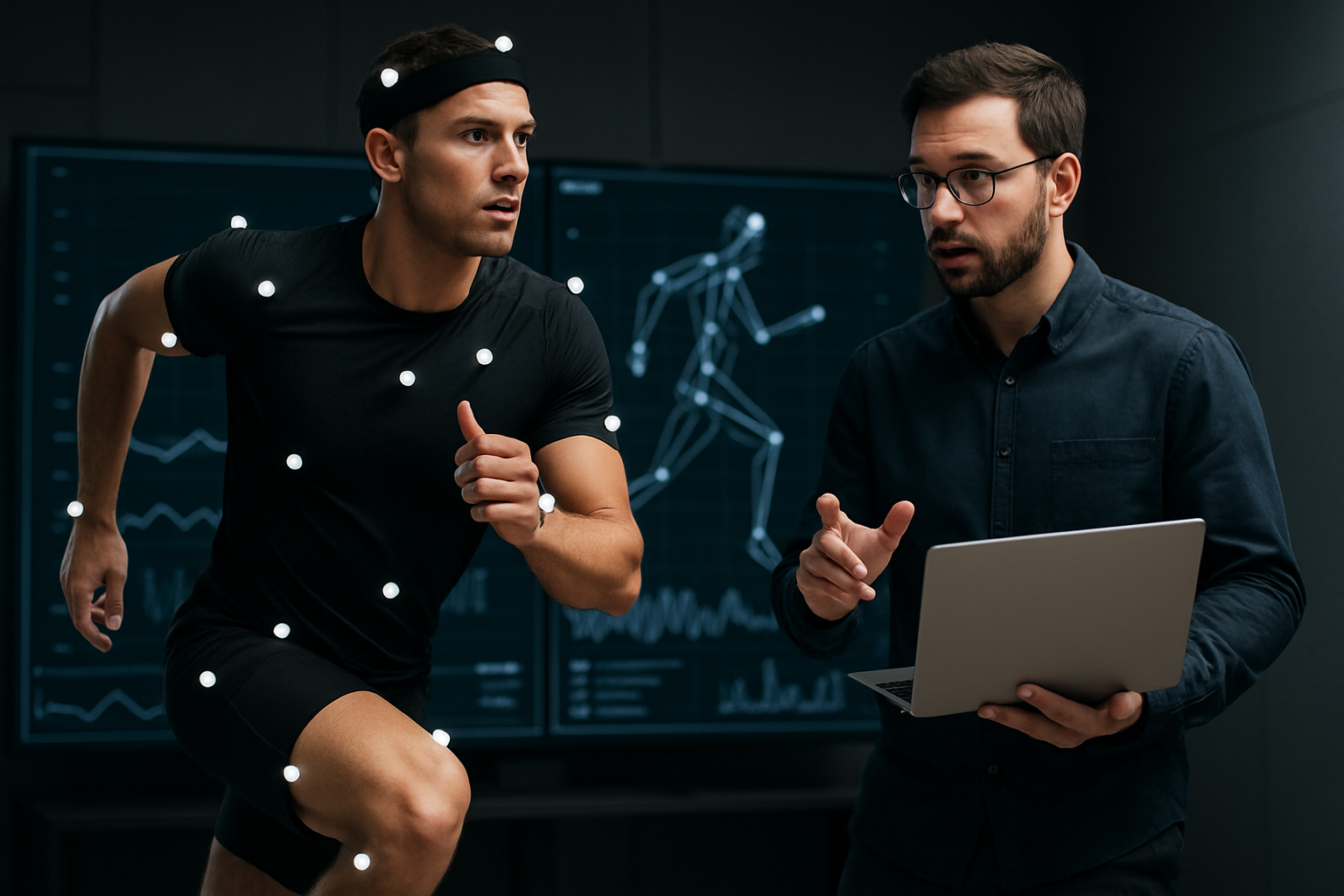Wearable Tech and Athlete Monitoring: Practical Approaches for Global Teams
Wearable technology and athlete monitoring are changing how teams coordinate training, track recovery, and apply analytics across different regions. This article outlines practical approaches that global teams can use to integrate devices and data into coaching and development workflows while considering inclusivity and grassroots pathways.

Wearable technology can provide consistent, comparable data across squads and locations, helping global teams align training priorities, manage travel impacts, and spot injury risks. Effective monitoring combines objective device outputs with context from coaches and medical staff to translate numbers into actionable plans. For multinational programs, pragmatic choices about device consistency, data governance, and staff training reduce friction and support long-term athlete development without creating inequities across regions.
This article is for informational purposes only and should not be considered medical advice. Please consult a qualified healthcare professional for personalized guidance and treatment.
Athletics and wearable adoption
Adoption starts with clearly defined goals: which athletics outcomes matter most for the squad — endurance, power, or technical consistency — and which metrics will inform coaching decisions. Global teams should prioritize devices that measure validated variables relevant to those aims, such as heart rate variability for autonomic load or inertial sensors for movement patterns. Consider device form factor and athlete comfort to support consistent use, and plan rollout phases so grassroots and elite pathways have access to appropriate tools rather than identical models that may not suit every environment.
Training load and monitoring
Monitoring training load requires both external load (distance, speed, accelerations) and internal load (heart rate, perceived exertion). Wearables can automate much of the external load capture and help quantify load across travel, time zones, and competition schedules. To prevent data overload, establish thresholds and simple dashboards that flag deviations from expected patterns, enabling coaches to adjust training intensity. Training plans should integrate recovery signals and contextual notes from staff to avoid taking device outputs out of context when managing athletes across different climates and facilities.
Performance analytics and metrics
Analytics bridge raw sensor data and practical coaching insights. For global teams, centralizing data with standardized definitions ensures that a metric means the same thing whether collected at a regional training center or a remote grassroots program. Use analytics to trend performance over time, identify responders and non-responders to programs, and model relationships between training inputs and match-day outputs. Keep analytics transparent and shareable so coaching staff in different locations can interpret results consistently and align on performance targets.
Recovery, nutrition and injuries
Recovery and nutrition are core partners to wearable monitoring. Devices that track sleep patterns, heart rate variability, and nocturnal movement provide signals that can inform recovery strategies and nutrition timing. Injury risk assessment benefits when monitoring includes workload spikes, asymmetries in movement data, and athlete-reported measures such as soreness. Integrate wearable data with clinical assessments from physiotherapists and nutritionists to create multidisciplinary plans that address endurance maintenance, rehabilitation, and return-to-play without relying solely on device outputs.
Coaching, inclusivity and grassroots
Successful deployment depends on coaching education and inclusive practices. Train coaches in your area to interpret device outputs and incorporate them into everyday sessions, and ensure protocols consider resource differences across regions. Inclusivity means selecting scalable solutions: low-cost options or pooled device libraries for grassroots programs, combined with centralized analytics to allow talent identification without disadvantaging less-resourced locales. Communication protocols, clear consent processes, and culturally aware coaching help maintain trust across diverse teams.
Technology, endurance and implementation
Implementation is both technical and human. Choose technology stacks that support secure data transfer, configurable privacy settings, and integration with existing athlete management systems. For endurance-focused programs, prioritize reliable GPS and heart-rate telemetry; for technical sports, inertial measurement units and video-synchronization may be more relevant. Pilot deployments, iterative feedback loops, and regular audits of data quality reduce false signals. Workflows should allow local services to handle day-to-day device support while a central team maintains standards, analytics models, and staff training across regions.
Conclusion Wearable tech and athlete monitoring can strengthen global team cohesion when implemented with clear objectives, standardized metrics, and attention to coaching education and inclusivity. Combining device-derived analytics with clinical judgment and context-aware coaching supports performance, recovery, and injury management across diverse environments. Thoughtful selection of technology, scalable processes for grassroots engagement, and transparent data governance help teams translate monitoring into sustained athletic development.





